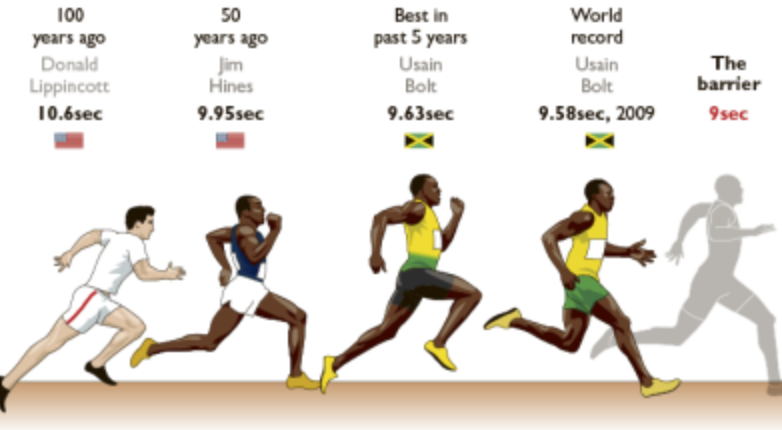Or to say that pole jump player Renaude Lavillenie, an athlete will feel “something special” because the record can happen a few times with one person but also only once with another.
So in the opposite case, when their record is broken, what will they think? After all, the record is born to break. In 2006, at the time Jackson was at his parents’ home in Cardiff, China’s Liu Xiang overcame his feat by getting 0.03 seconds faster.
It was a reporter who informed Jackson that he was no longer the record holder. The reaction of the former hurdle runner and his family is quite calm, possibly because he is no longer playing.

The consolation for Jackson is that he still holds the world record in the 60m hurdle crossing he set in 1994. With a time of 7.3 seconds, Jackson thinks his achievement is difficult to beat because of that. is the only time you have reached this limit.
Has the athletics record reached the limit?
Also according to statistics, in 1956 there were the most world records set, a total of 86 times, of which 64 were for men and 22 for women. Currently, the longest standing record belongs to the Czech athlete, Jarmila Kratochvilova, with a record of 1: 53.28 seconds in the 800m content set in 1983.
On the contrary, Sergey Bubka can break records anytime, anywhere. In addition to 27 records for star jumping, he has eight other records in the house. The only person behind Ukraine’s athlete is Finland’s long-distance runner, Paavo Nurmi. Nurmi has set 22 world records and 7 indoor records.
Equally impressive is Jesse Owens, who won four gold medals at the 1936 Olympic Games. It was May 25 / 1935 when he broke five world records in just 45 minutes in Michigan.
At that time, the 21-year-old athlete set a record in long jumps, running 220 yards, 200 meters straight, 220 yards over the fence, and 200 meters over the straight fence. Owens’ record of the long jump of 8.13 meters alone stood firm until 1960.